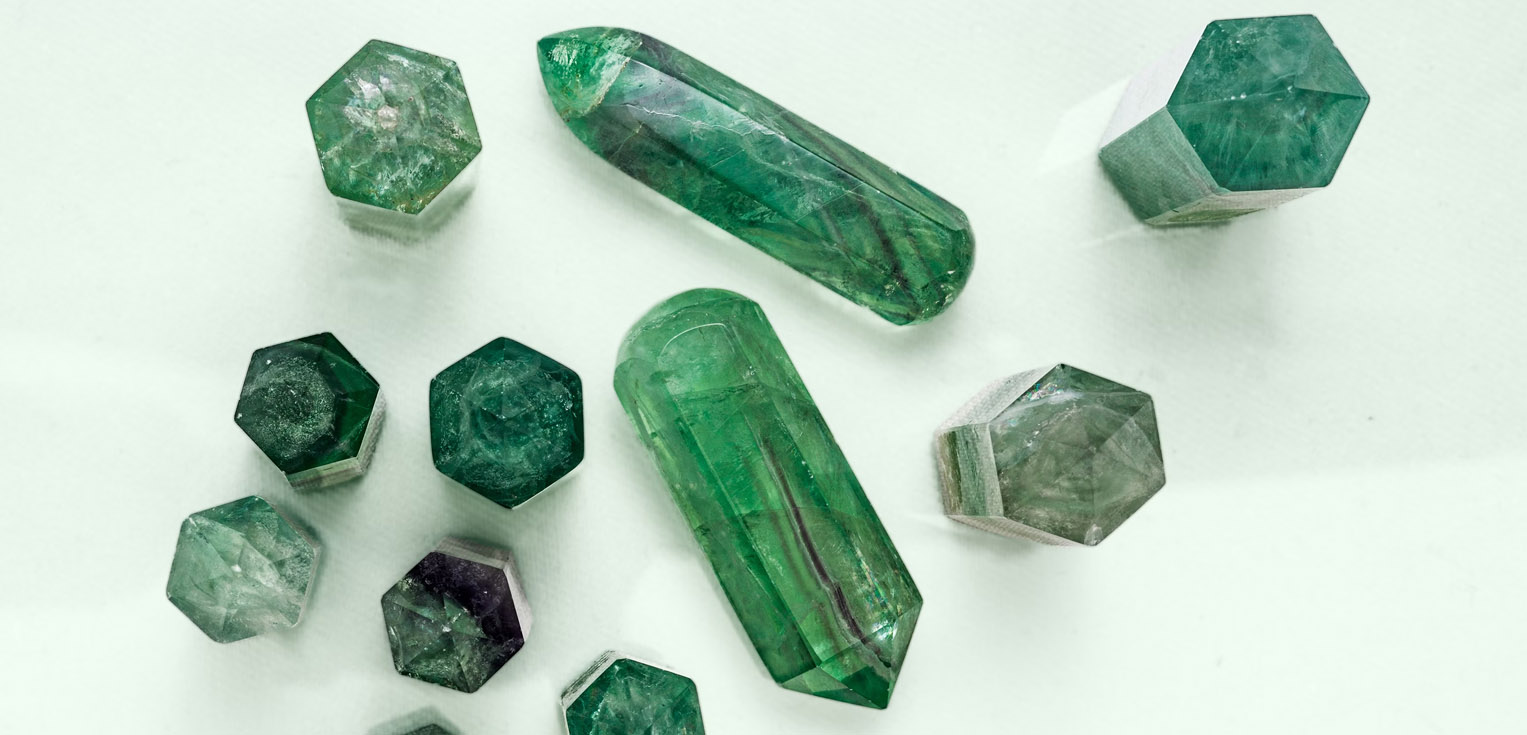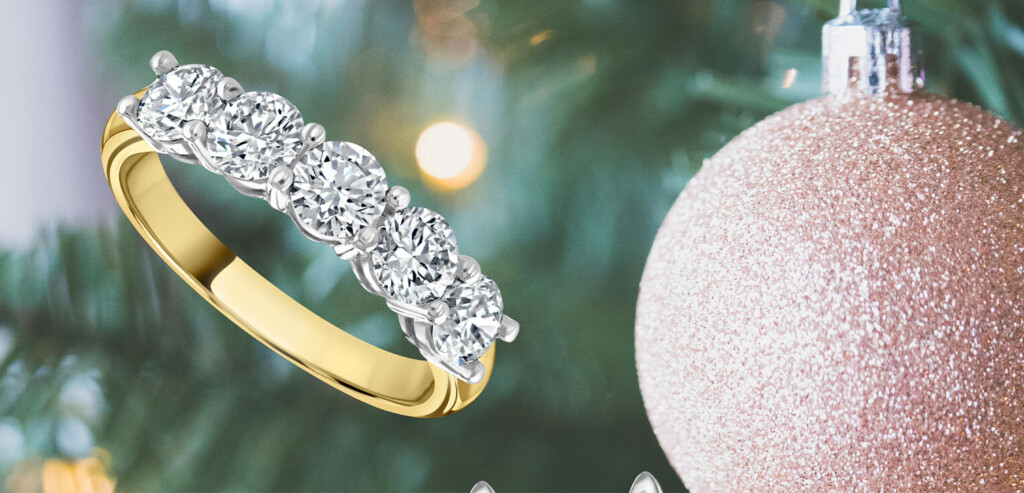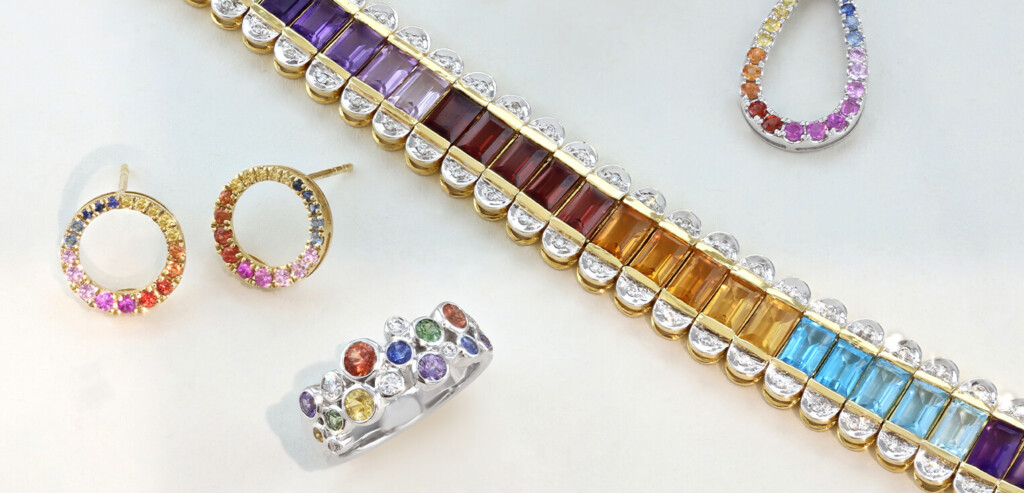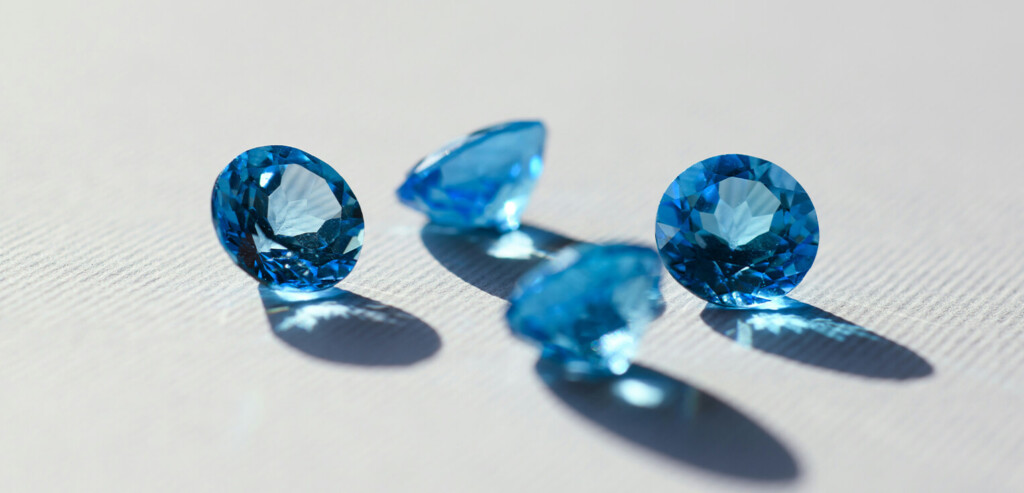Jade is one of the world’s most popular green gemstones. It has been carved into jewellery, sculptures, ornaments and many other objects since it was first discovered in the Majiabang culture in China around 5100-3900 BCE.
In this article we will be discussing the different types of Jade and looking at how this coveted gemstone has remained such a popular choice for so long.
The Two Types of Jade
Jade is one of the world’s toughest gemstones because it is made up of individual crystals that intergrow naturally and give the stone its strength. The gemstone Jade is notably present in two different varieties:
Jadeite: out of the two types of Jade, Jadeite is the most rare. This stunning gemstone is particularly precious and prized in China where Jade is beloved for its beauty and practical applications in carvings, ceremonial practices, art, and traditional medicine.
Jadeite comes in many colours, but is most commonly found in different shades of green and white. The name Jadeite, is derived from the Spanish phrase “piedra de ijada” which translated means, “stone of the side”. It is called this because it was believed to heal ailments, particularly those in the kidney, when applied to the side of the body.
Nephrite: the more common of the two types of Jade, Nephrite is composed of mainly green and grey colours and is an ornamental stone often incorporated into beads, carvings, tools, and art pieces. Nephrite is commonly sourced in Western Canada and means “kidney stone” because it was originally thought to cure kidney stones.
Nephrite is particularly prized by the Māori culture in New Zealand where it is revered as a treasure and protected under the famous Treaty of Waitangi. According to 100% New Zealand, “found in colours ranging from cloudy light green to deep emerald with different markings, pounamu was considered so significant by Māori that the South Island was named after it, Te-Wai-Pounamu meaning “The Waters of Greenstone”.”
Nephrite Jade is extremely tough – the toughest natural mineral known by man, to be precise. In fact, Nephrite is even tougher than steel which explains why it has been used to make tools and weapons for centuries.
The Properties of Jade
Jade is composed of silicon and oxygen atoms that are bonded together, giving it a Mohs hardness of 6-7. Jade’s hardness means it is capable of scratching glass but not steel.
Due to its extra strong structure, the gemstone Jade naturally works out any impurities, resulting in a stunning gemstone with an attractive green or icy green colouring.
How Jade is Formed
The formation of Jade occurs in metamorphic rocks, where it is formed under high pressure. Most known deposits of Jade can be found along or near faults in serpentinites (areas where zones or fractures allow for rocks to move relative to each other). As a result, Jade is often found in places such as:
- Myanmar
- New Zealand
- Taiwan
- Canada
- Guyana
- Russia
- China
Jade forms deep within the earth where pressure and heat are plenty. As water is squeezed through the earth’s rocks, due to high pressure, it rises up through the cracks carrying dissolved minerals along with it. Jade is what’s left behind to fill the cracks.
What is Jade Used for?
Jade holds a lot of significance for many people and cultures around the world. This tough yet beautiful gemstone has multiple applications and has been used in many ways throughout history. Here are some of the popular uses of Jade today:
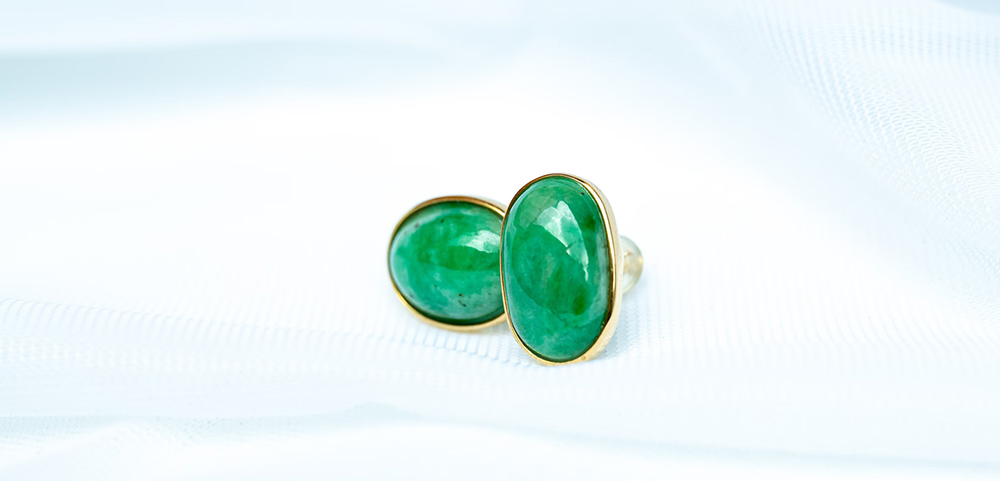
Jewellery
Of course, the most popular use for Jade is in jewellery, particularly antique jewellery pieces. The stunning green of the Jade gemstone draws the eye and certainly compliments many outfits and occasions.
Many people incorporate Jade into necklaces, earrings, bracelets, and rings. Some people believe that wearing Jade jewellery close to the heart can have physical and emotional benefits.
Feng Shui
Jade is often incorporated into a home’s Feng Shui as the gemstone is believed to bring good fortune and wealth to the homeowner. Many people include Jade in their decor choices, making sure to place the Jade in the southeast corner of their home for plenty of good luck.
Meditation
Many people use Jade to increase their focus and clarity when meditating. This is because Jade is believed by some to help clear the mind, making it the ideal gemstone for effective meditation.
Ceremonial Significance
Jade is also used in religious ceremonies around the world as many cultures believe it symbolises Heaven. Therefore, it is often found incorporated into carvings and sculptures within places of worship where it adds significance and reverence to religious ceremonies.
The Healing Properties of Jade
Jade has a long history as a protective talisman. In other words, it is believed that Jade brings good luck to the wearer. As such, many people throughout history have coveted the gemstone, being sure to wear and celebrate it in order to receive its healing, protective properties.
Here are some of the ways Jade is believed to bring physical and emotional healing to people:
Physical Healing
While Jade is believed to be a powerfully spiritual stone, it is also thought to heal physical ailments within the body. Throughout history, people have believed Jade has the power to heal problems with the kidney and bladder by balancing fluids in the body.
The cooling touch of Jade is also thought to reduce fevers, supporting fast and effective physical healing throughout the body.
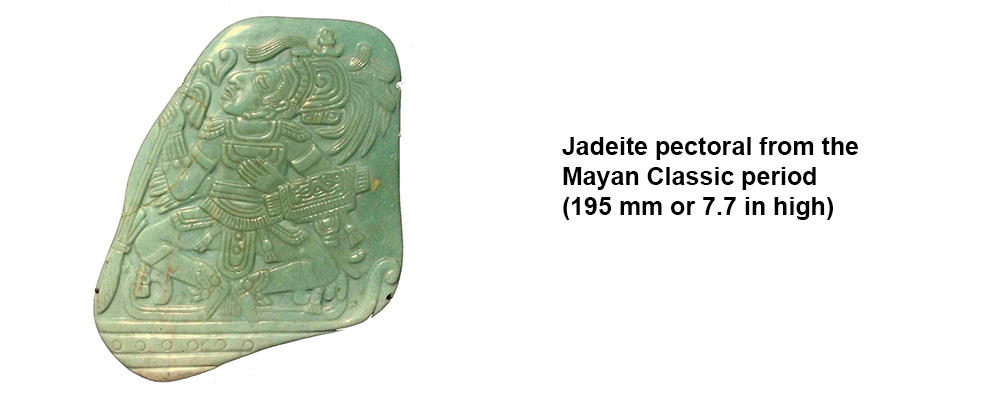
Emotional Healing
Jade is thought to play an important role in a person’s emotional healing. The gemstone is believed to get rid of negative thoughts and fill the body with wisdom and balanced thinking.
Being able to think clearly is a huge benefit of Jade and often leads to feelings of increased confidence and self-esteem. This allows people to move through the world feeling more self-assured in their actions and life decisions.
Final Words
Jade is a versatile and popular gemstone. As you can see, there are two different types of Jade and many different uses for it. The combination of the stones beauty and strength make it one of the most well-known and frequently-purchased gemstones available.
Image sources:
By w:User:John Hill – Transferred from English Wikipedia

